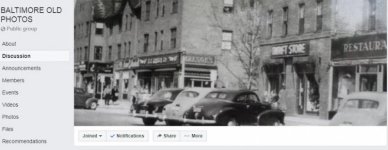CarsonChris
Elite Member
Wondering where most of you start your research? Maps, books, library, historical articles, or finding locations driving by?
Most of my research starts with historical maps and evolves from there. Usually after I’ve found a name on a map then I go to google. Then books. Online books if available but hardcover if not.
Most of my research starts with historical maps and evolves from there. Usually after I’ve found a name on a map then I go to google. Then books. Online books if available but hardcover if not.



